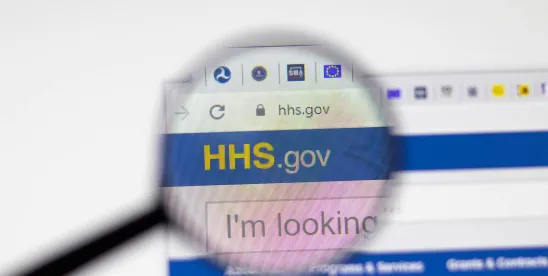On 13 February 2025, President Trump announced that he is directing the US Commerce Secretary and US Trade Representative to report to him by 1 April 2025 on specific tariffs the United States should impose to address bilateral trade deficits with countries that maintain higher tariffs on US exports than the level of tariffs that the United States imposes on their products. These “reciprocal” tariffs are expected to be finalized soon after the Commerce and USTR reports are finalized, but the date on which they may be implemented has yet to be announced.
Key points to remember concerning this latest tariff announcement are:
- There will be no additional tariffs immediately as a result of this latest announcement.
- US trade agencies (primarily Commerce and USTR) are to study tariffs imposed by other countries on US exports and recommend whether the United States should impose comparable tariffs against US imports from those countries.
- Value-Added Tax and other tax regimes that US trading partners use but the US does not are potentially going to be included in the tariff rate calculations for those countries. Also potentially addressed will be distortions in exchange rates caused by currency policies of some countries and “non-tariff barriers” such as regulatory requirements (e.g., country-specific product standards) that are found to restrict market access opportunities for US exporters.
- The US trade agencies must provide their recommendations to the president by 1 April 2025, the same date as originally set in the “America First Trade Policy.”
- Thereafter, the US trade agencies are to use their respective statutory authorities (e.g., Section 232, 301, etc.) to impose relevant and necessary remedies such as tariffs, quotas, or other measures. Such remedies are likely to be in addition to the 10% tariffs on imports from China and 25% tariffs on imports of steel and aluminum that President Trump announced earlier this month. They are also likely to include new Section 232 tariffs on semiconductors, autos, and pharmaceuticals.
- On its face, the Executive Order applies to all countries, but we may see exemptions for some (e.g., Australia) with which the United States maintains relatively balanced trade in goods.
Overall, this latest trade action signals the form that eventual additional US trade measures may take – e.g., tariffs and quotas under existing statutory authorities – as well as, most importantly, that there will be a process and longer time horizon for interested parties to comment before such measures go into effect. Companies and investors with interests impacted by these issues should use this time to prepare data and other analyses and advocacy to support their interests.



 />i
/>i

